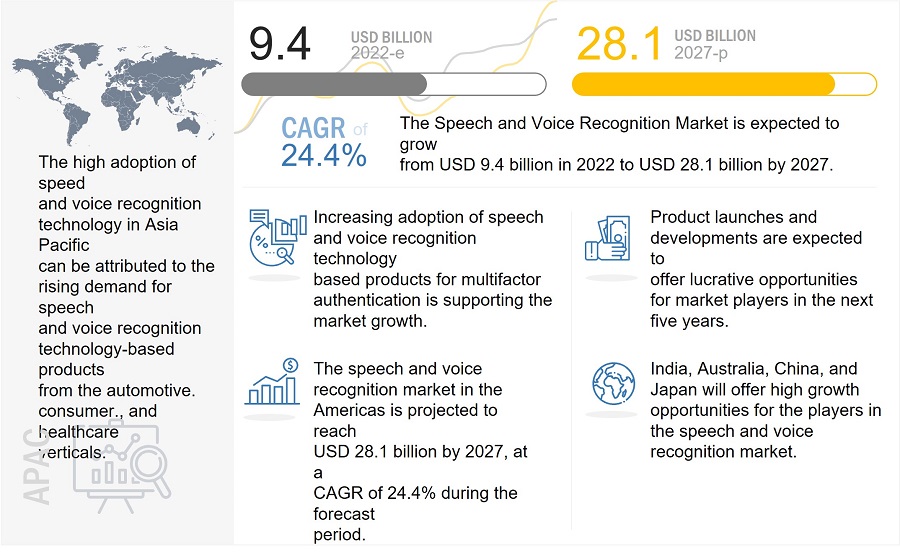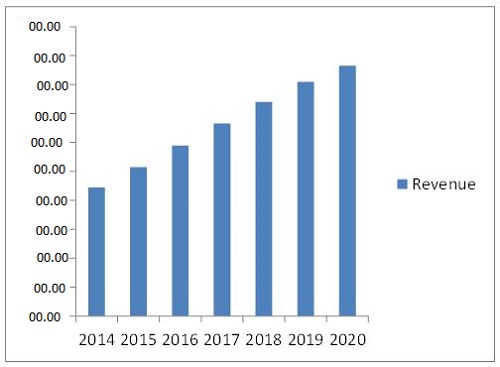Smart elevators are proving to be fast
and more energy efficient in comparison to the conventional elevators.
The huge demand for these energy-efficient elevators combined with the
rapidly increasing construction activities across the globe are expected
to boost the market growth, surpassing the USD 26 Billion market by the
end of 2022. They help in minimizing the overall energy consumption and
managing of passenger traffic in an efficient manner in residential and
other buildings. With the continuous developments and innovations in
technology and improving lifestyles, the demand for safety and
energy-saving solutions has also increased over the past few years.
Sample pages of the Report : http://www.marketsandmarkets.com/requestsample.asp?id=1004
According to the researchers, the global
smart elevator market which was valued at USD 9.54 Billion in 2015 is
predicted to reach USD 26.69 Billion by the end of 2022, growing at a
CAGR 15.6% between 2015 and 2022. Among regions, North America was the
dominant market in 2015 since the presence of ICT technologies is more
in this region as compared to other regions like APAC and RoW, whereas
Asia-Pacific is expected to grow at the highest CAGR during the forecast
period. Based on services, the modernization of existing elevators is
the current dominant segment; however, over the coming years, the new
installation services market is expected to be the leading market.
Why APAC is considered a favorable destination for this market to flourish?
APAC comprises countries namely, India,
China, Japan, Taiwan, and South Korea. All these countries are offering
lucrative opportunities for elevator manufacturers because of untapped
market opportunities. India and China collectively accounted for
significant share in world population, considering the ongoing economic
activities in these countries like development of smart cities, special
economic zones, and expansion of major companies. Moreover, the
investments in these countries have been on a rise since the past few
years. For instance, India attracted nearly USD 40.0 Billion FDI in
construction sector between 2000 and 2013. Such initiatives clearly
support the APAC market as the favorable destination for smart
elevators.
How is the residential sector majorly benefiting the growth of this market, globally?
Urbanization is the key trend primarily
driving growth in the residential market across the globe. It can also
be seen as leading factor that supported high standard of living over
the past few years. The automation and control enhanced the standard of
living in every sphere, and this trend is also applicable for smart
elevators as well. High rise buildings have increased over the last two
decades, and smart elevators
have proved to be best mode of vertical transportation in these
buildings. Moreover, smart elevators were found to be the best way to
provide security, avoiding unauthorized entry in residential and other
buildings.
What are the major developments in the global smart elevator market?
The major development in smart elevator
market is the association of companies with IT giants like Microsoft and
IBM. Over the last three years, it was observed that all the major
elevator manufacturers have entered into partnerships with major
companies in IoT industry. Association with IoT companies helped
manufacturers to integrate their services and strengthen their position
in smart elevator industry.
What will drive the progress of global smart elevator market?
The factors such as increasing demand
for energy efficient systems, rapid urbanization, growing construction
& real estate industry, high demand for security, and rising
adoption of wireless technologies are the key factors driving the global
market for smart elevators towards substantial growth.
Major challenges faced by this market
Since industry is capital intensive, it
is not easy for a small and medium scale companies to enter into this
market, thus making the entry barrier as one of the major challenges for
the market players. Also, the major four players, namely Otis, KONE,
Schindler, and Thyssenkrupp elevators govern approximately 60-70% of the
overall market. Hence, the existing small companies are finding it
difficult to compete with them, as heavy investments in R&D is
required to match up with their offerings. In addition to this, market
consolation is also a key challenge as many small companies are being
acquired by the aforementioned four major players in this industry.



